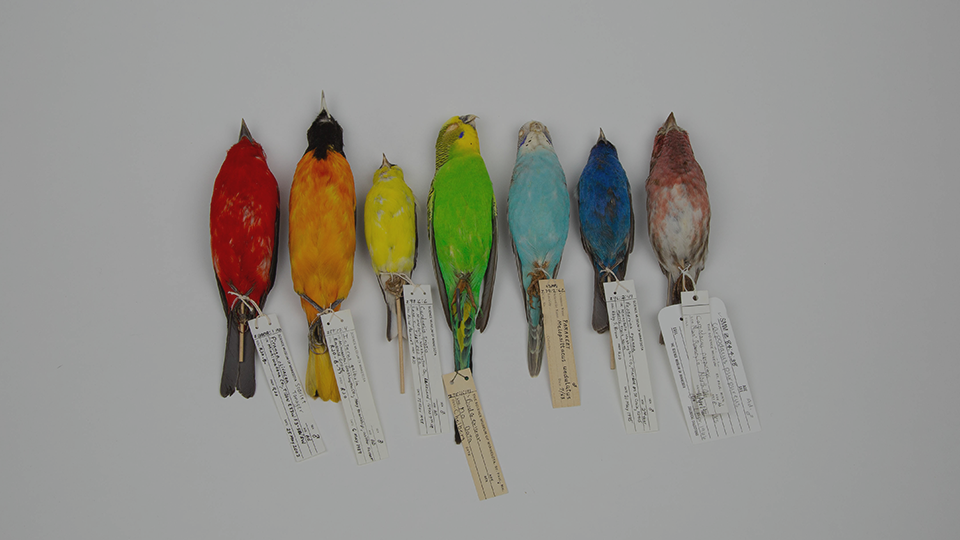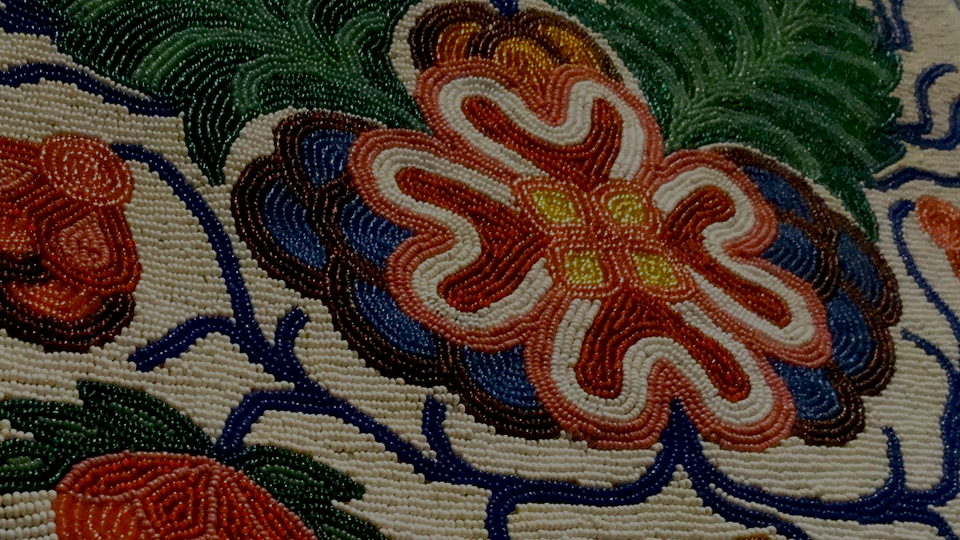Learn how the Collections Services Department preserves our collections for scientific research and public display.

Our Collections
The Science Museum began collecting specimens and artifacts in 1870. Our collections come from the anthropology, biology, and paleontology sciences. In addition to public viewing, they’re also used for research and studies by Science Museum curators and visiting scientists.
Collections Services
The Collections Services Department provides artifacts and specimens, documentation, archival information, and expertise to the museum for exhibits and programs. The department’s mission is to ensure the physical integrity of, protect and maintain the intellectual content for, and provide access to the collections and their documentation for museum staff, outside researchers, and the inquiring public.
For more information, email science@smm.org or call (651) 221-9435.
History of collections at the museum
The tradition of collecting at the Science Museum of Minnesota dates back to 1870 and the Saint Paul Academy of Natural Sciences. In 1907, collections of scientific interest remaining from the Academy were turned over to the early Science Museum, the Saint Paul Institute.
Early collections were exhibited in their entirety in rows of glass cases, a far cry from collections management, storage, and exhibit methods of today. In 1933, the Institute established its scientific departments, and in the following years staff of the museum began to do their own collecting. Archaeological digs in the 1950s and 1970s, yearly paleontological field expeditions starting in 1959, and biological expeditions, especially in the 1970s, yielded many significant specimens. Today, collections are stored systematically in state-of-the-art cabinetry.
The collections—from the disciplines of ethnology, archaeology, biology, and paleontology—are used as the basis for research and scholarly publications by Science Museum curators as well as visiting scientists. The collections also provide further opportunities with members of the scientific community through loans and trades of casts and specimens with other institutions. Museum curators and Collections Services staff work with museum exhibits staff to provide and prepare artifacts and specimens for exhibition.
Meet our staff






